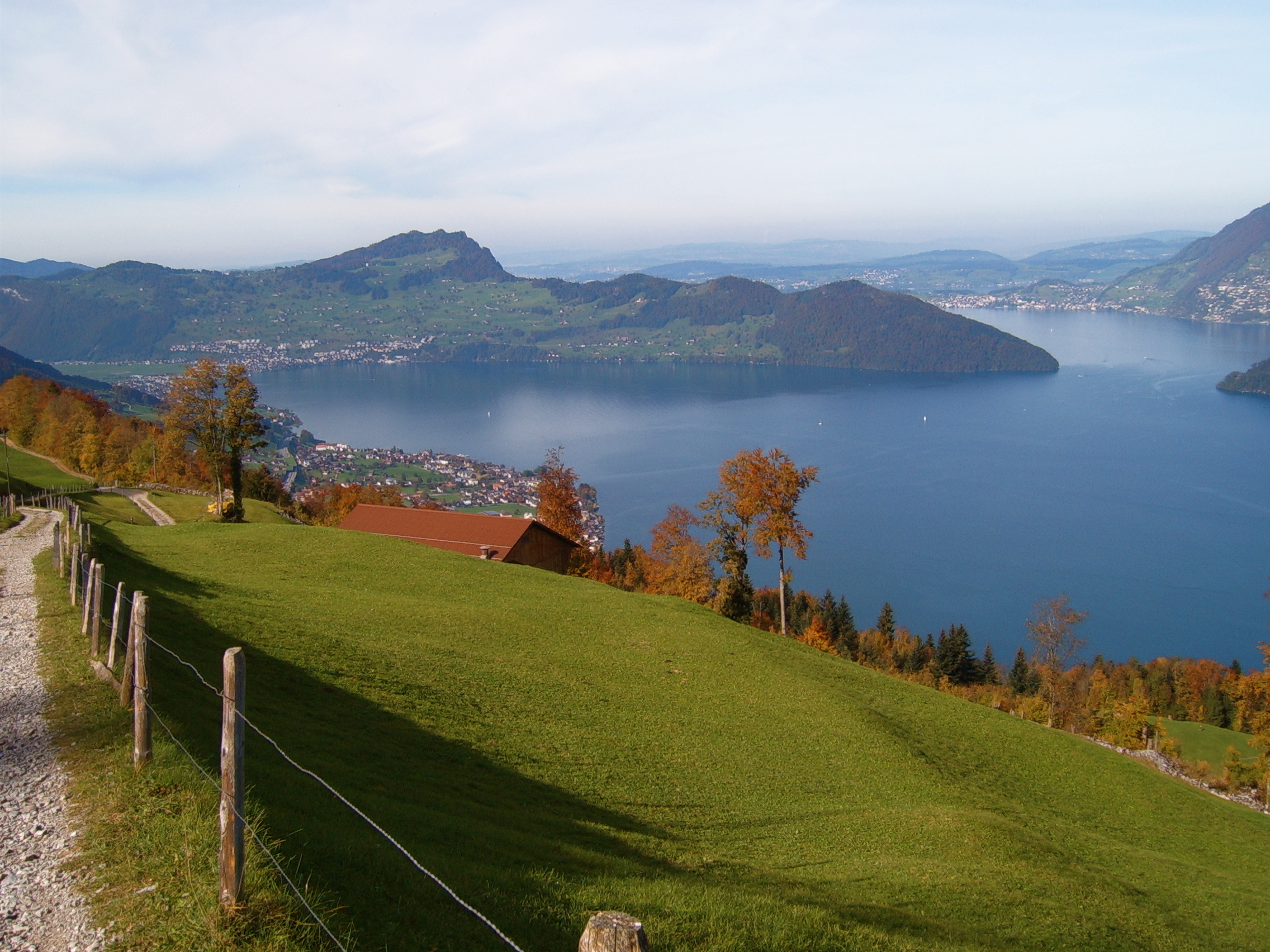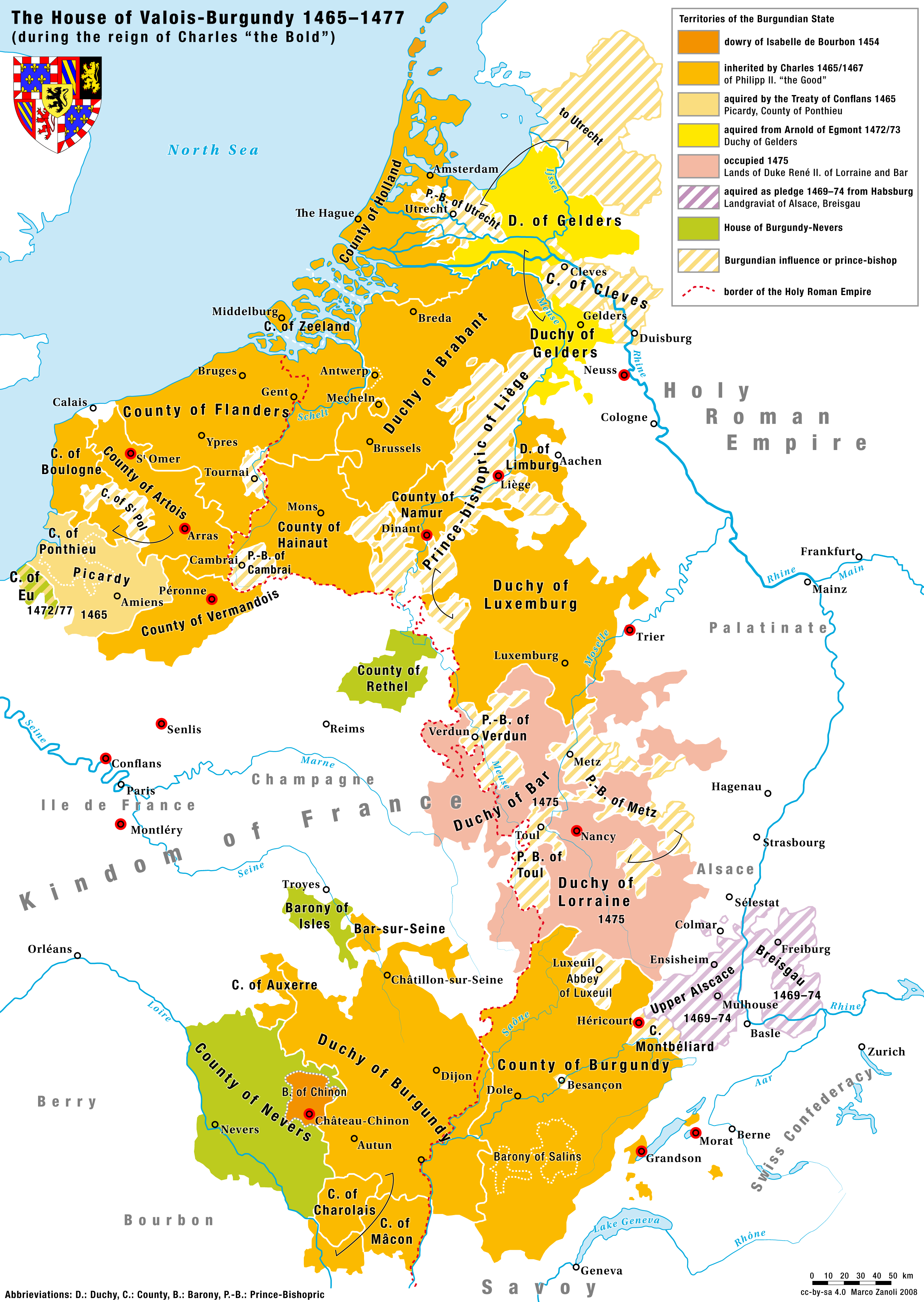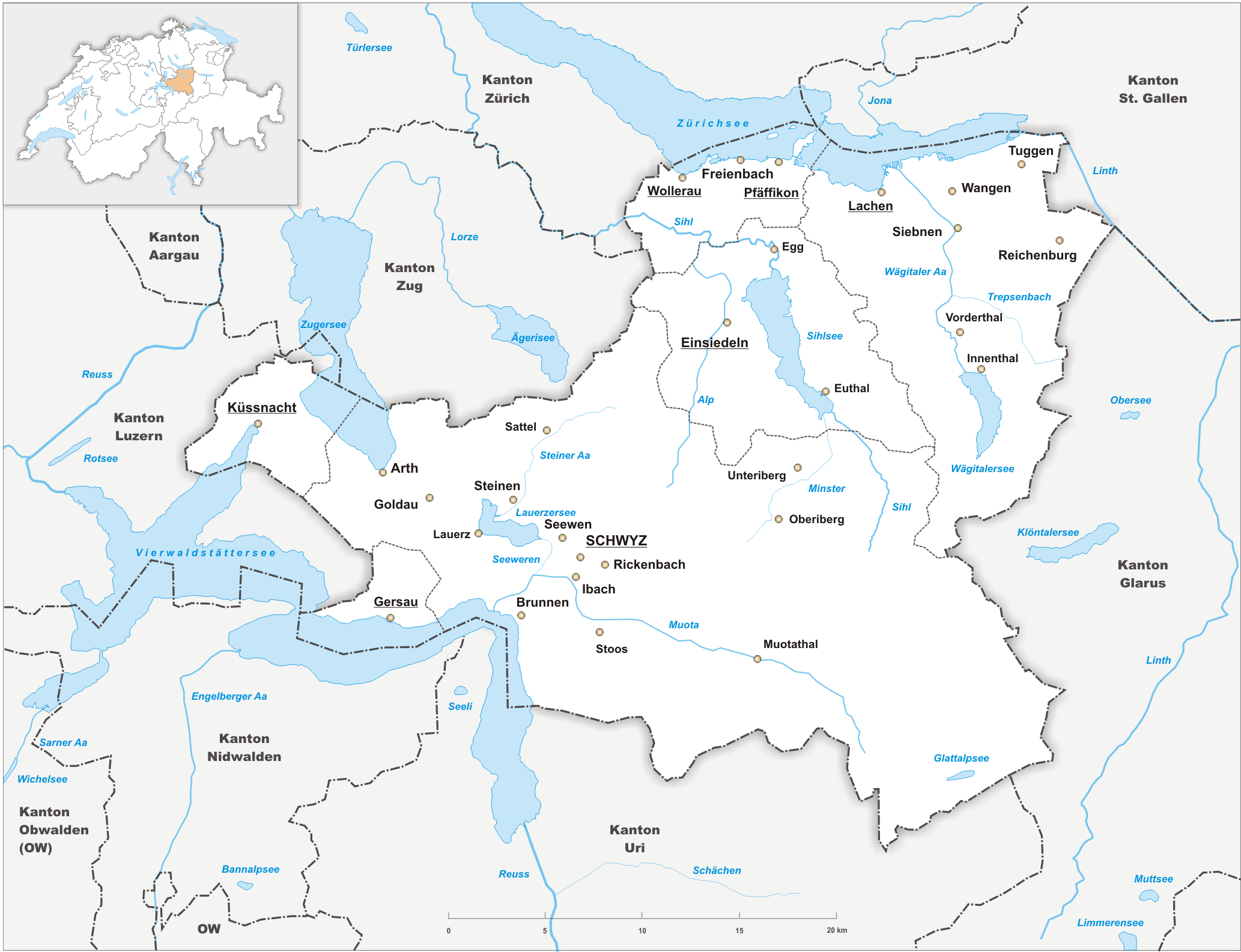|
Stans, Switzerland
Stans () is the capital of the canton of Nidwalden (Nidwald) in Switzerland. The official language of Stans is German (spoken there in the variety of Swiss Standard German), but the main language is the local variant of Alemannic Swiss German. History Stans is one of the oldest settlements in the entire Nidwalden valley. The first traces of human settlement date to the second century BC.Stans Online-History accessed 21 May 2009 During the era there is little evidence of a settlement except for some '' |
Buochs
Buochs is a municipality in the canton of Nidwalden in Switzerland. History Buochs is first mentioned in 1124 as ''Boches''. In 1184, it was mentioned as ''Buoches'', then in 1210 as ''Buches'', and in 1229 as ''Buchs''. Geography Buochs has an area, (as of the 2004/09 survey) of . Of this area, about 46.8% is used for agricultural purposes, while 33.5% is forested. Of the rest of the land, 18.0% is settled (buildings or roads) and 1.7% is unproductive land. In the 2004/09 survey a total of or about 9.7% of the total area was covered with buildings, an increase of over the 1981 amount. Of the agricultural land, is used for orchards and vineyards, is fields and grasslands and consists of alpine grazing areas. Since 1981 the amount of agricultural land has decreased by . Over the same time period the amount of forested land has decreased by . Rivers and lakes cover in the municipality. [...More Info...] [...Related Items...] OR: [Wikipedia] [Google] [Baidu] |
Latin Language
Latin (, or , ) is a classical language belonging to the Italic languages, Italic branch of the Indo-European languages. Latin was originally a dialect spoken in the lower Tiber area (then known as Latium) around present-day Rome, but through the power of the Roman Republic it became the dominant language in the Italy (geographical region), Italian region and subsequently throughout the Roman Empire. Even after the Fall of the Western Roman Empire, fall of Western Rome, Latin remained the common language of international communication, science, scholarship and academia in Europe until well into the 18th century, when other regional vernaculars (including its own descendants, the Romance languages) supplanted it in common academic and political usage, and it eventually became a dead language in the modern linguistic definition. Latin is a fusional language, highly inflected language, with three distinct grammatical gender, genders (masculine, feminine, and neuter), six or seven ... [...More Info...] [...Related Items...] OR: [Wikipedia] [Google] [Baidu] |
Burgundian Wars
The Burgundian Wars (1474–1477) were a conflict between the Burgundian State and the Old Swiss Confederacy and its allies. Open war broke out in 1474, and the Duke of Burgundy, Charles the Bold, was defeated three times on the battlefield in the following years and was killed at the Battle of Nancy in 1477. The Duchy of Burgundy and several other Burgundian lands then became part of France, and the Burgundian Netherlands and Franche-Comté were inherited by Charles's daughter, Mary of Burgundy, and eventually passed to the House of Habsburg upon her death because of her marriage to Maximilian I, Holy Roman Emperor. Background The dukes of Burgundy had succeeded, over a period of about 100 years, in establishing their rule as a strong force between the Holy Roman Empire and France. The consolidation of regional principalities with varying wealth into the Burgundian State brought great economic opportunity and wealth to the new power. In fact, a deciding factor for many elites in ... [...More Info...] [...Related Items...] OR: [Wikipedia] [Google] [Baidu] |
Habsburg
The House of Habsburg (), alternatively spelled Hapsburg in Englishgerman: Haus Habsburg, ; es, Casa de Habsburgo; hu, Habsburg család, it, Casa di Asburgo, nl, Huis van Habsburg, pl, dom Habsburgów, pt, Casa de Habsburgo, la, Domus Habsburg, french: Maison des Habsbourg and also known as the House of Austriagerman: link=no, Haus Österreich, ; es, link=no, Casa de Austria; nl, Huis van Oostenrijk, pl, dom Austrii, la, Domus Austriæ, french: Maison d'Autriche; hu, Ausztria Háza; it, Casa d'Austria; pt, Casa da Áustria is one of the most prominent and important dynasties in European history. The house takes its name from Habsburg Castle, a fortress built in the 1020s in present-day Switzerland by Radbot of Klettgau, who named his fortress Habsburg. His grandson Otto II, Count of Habsburg, Otto II was the first to take the fortress name as his own, adding "Count of Habsburg" to his title. In 1273, Count Radbot's seventh-generation descendant Rudolph I of German ... [...More Info...] [...Related Items...] OR: [Wikipedia] [Google] [Baidu] |
Pikemen
A pike is a very long thrusting spear formerly used in European warfare from the Late Middle Ages and most of the Early Modern Period, and were wielded by foot soldiers deployed in pike square formation, until it was largely replaced by bayonet-equipped muskets. The pike was particularly well-known as the primary weapon of Swiss mercenary and German Landsknecht units. A similar weapon, the sarissa, had been used in antiquity by Alexander the Great's Macedonian phalanx infantry. Design The pike was a long weapon, varying considerably in size, from long. Generally, a spear becomes a pike when it is too long to be wielded with one hand in combat. It was approximately in weight, with the 16th century military writer Sir John Smythe recommending lighter rather than heavier pikes. It had a wooden shaft with an iron or steel spearhead affixed. The shaft near the head was often reinforced with metal strips called "cheeks" or langets. When the troops of opposing armies both car ... [...More Info...] [...Related Items...] OR: [Wikipedia] [Google] [Baidu] |
Arnold Von Winkelried
Arnold von Winkelried or Arnold Winkelried is a legendary hero of Swiss history. According to 16th-century Swiss historiography, Winkelried's sacrifice brought about the victory of the Old Swiss Confederacy in the Battle of Sempach (1386) over the army of the Habsburg Duke Leopold III of Austria. The legend According to legend, the Swiss initially could not break the close ranks of the Habsburg pikemen. Winkelried cried: "I will open a passage into the line; protect, dear countrymen and confederates, my wife and children..." He then threw himself upon the Austrian pikes, taking some of them down with his body. This broke up the Austrian front, and made an opening through which the Swiss could attack. As phrased in the Halbsuterlied printed in the 1530s by Aegidius Tschudi and Wernher Steiner: Two other verses describe the order of battle of the Austrian side. According to this testimony, the knights dismounted, presumably because they were forced to fight from the lower ... [...More Info...] [...Related Items...] OR: [Wikipedia] [Google] [Baidu] |
Battle Of Sempach
The Battle of Sempach was fought on 9 July 1386, between Leopold III, Duke of Austria and the Old Swiss Confederacy. The battle was a decisive Swiss victory in which Duke Leopold and numerous Austrian nobles died. The victory helped turn the loosely allied Swiss Confederation into a more unified nation and is seen as a turning point in the growth of Switzerland. Background During 1383 and 1384, the expansion of the Old Swiss Confederacy collided with Austrian interests. The interests of Austria were further undermined in the Pact of Constance, a union of Zürich, Zug, Solothurn and 51 cities of Swabia. In 1385, there were various attacks, without formal declaration of war or central organization, by forces of Zürich, Zug and Lucerne on the Austrian strongholds of Rapperswil, Rothenburg, Cham and Wolhusen. In 1384 the people of Entlebuch receive the Lucerne citizenry and on Epiphany on the 6 January 1386, Lucerne expanded its sphere of influence by providing the same right als ... [...More Info...] [...Related Items...] OR: [Wikipedia] [Google] [Baidu] |
Canton Of Schwyz
The canton of Schwyz (german: Kanton Schwyz rm, Chantun Sviz; french: Canton de Schwytz; it, Canton Svitto) is a canton in central Switzerland between the Alps in the south, Lake Lucerne to the west and Lake Zürich in the north, centred on and named after the town of Schwyz. It is one of the founding cantons of Switzerland; Switzerland's name is derived from the name of the canton, and the flag of Switzerland from its coat of arms. For the history of the name, see Schwyz. The Swiss Federal Charter is on display in Schwyz. Northeast of the town of Schwyz is Einsiedeln Abbey. History Prehistory to the Roman era The earliest traces of humans in Schwyz are from the Upper Paleolithic and Early Mesolithic, or about 12,500 BC. An excavation of the karst caves in the valley of the Muota river (''Muotatal'') revealed numerous sites, some dating to the Younger Dryas period (c. 10,000 BC). The alpine meadows at Bödmeren, Twärenen and Silberen were Stone Age hunter-gatherer camps. ... [...More Info...] [...Related Items...] OR: [Wikipedia] [Google] [Baidu] |
Canton Of Uri
The canton of Uri (german: Kanton Uri rm, Chantun Uri; french: Canton d'Uri; it, Canton Uri) is one of the 26 cantons of Switzerland and a founding member of the Swiss Confederation. It is located in Central Switzerland. The canton's territory covers the valley of the Reuss between the St. Gotthard Pass and Lake Lucerne. The official language of Uri is (the Swiss variety of Standard) German, but the main spoken dialect is the Alemannic Swiss German called . Uri was once the only canton whose children in school had to learn Italian as their first foreign language, but in the school year of 2005/2006, that was changed to English, as in other Central and Northeastern Swiss cantons. The canton's population is about 35,000, of which 3,046 (or 8.7%) are foreigners. The legendary William Tell is said to have hailed from Uri. The historical landmark Rütli lies within the canton of Uri. Name The name of the valley is first mentioned in the 8th or 9th century, in the Latinized f ... [...More Info...] [...Related Items...] OR: [Wikipedia] [Google] [Baidu] |
Unterwalden
Unterwalden, translated from the Latin ''inter silvas''(''between the forests''), is the old name of a forest-canton of the Old Swiss Confederacy in central Switzerland, south of Lake Lucerne, consisting of two valleys or ''Talschaften'', now two separate Swiss cantons (or two half-cantons), Obwalden and Nidwalden. The name ''Unterwalden'' is first recorded in 1304, as the translation of Latin ''inter silvas'', which together with ''in intramontanis'' was the name for monastery possessions in the area. In 1291, Rudolf I of Germany purchased the estates at Stans, Alpnach and Giswil. From 1304, the local bailiffs used their own seal. In 1309, Henry VII confirmed the imperial immediacy of the territory of Unterwalden as part of the imperial bailiwick of ''Waldstätte'' (but not as a political entity in its own right). The Federal Charter, internally dated 1291, is thought to originate at this time. In the text, Unterwalden figures as ''communitas hominum Intramontanorum Vallis ... [...More Info...] [...Related Items...] OR: [Wikipedia] [Google] [Baidu] |
Engelberg
, neighboring_municipalities = Attinghausen (UR), Gadmen (BE), Innertkirchen (BE), Isenthal (UR), Wassen (UR), Wolfenschiessen (NW) , twintowns= Engelberg (lit.: ''mountain of angel(s)'') is a village resort and a municipality in the canton of Obwalden in Switzerland. Besides the village of Engelberg, the municipality also includes the settlements of Grafenort, Oberberg and Schwand. The municipality of Engelberg is an exclave of Obwalden, surrounded by the cantons of Bern, Nidwalden and Uri. Engelberg is a major mountain resort in Central Switzerland. In the Middle Ages, Engelberg was known for the educational quality of its Benedictine monastery, Engelberg Abbey. From the 19th Century onwards Engelberg became internationally known as a mountain resort, but it is today visited as much for skiing as for its Alpine character. With its combination of modern snow and sports facilities and alpine location, Engelberg is popular today for both summer and winter tourism. The near ... [...More Info...] [...Related Items...] OR: [Wikipedia] [Google] [Baidu] |
Parish (Catholic Church)
In the Catholic Church, a parish ( la, parochia) is a stable community of the faithful within a particular church, whose pastoral care has been entrusted to a parish priest (Latin: ''parochus''), under the authority of the diocesan bishop. It is the lowest ecclesiastical subdivision in the Catholic episcopal polity, and the primary constituent unit of a diocese or eparchy. Parishes are extant in both the Latin and Eastern Catholic Churches. In the 1983 Code of Canon Law, parishes are constituted under cc. 515–552, entitled "Parishes, Pastors, and Parochial Vicars." Types Most parishes are ''territorial parishes'', which comprise all the Christian faithful living within a defined geographic area. Some parishes may be joined with others in a deanery or ''vicariate forane'' and overseen by a ''vicar forane'', also known as a ''dean'' or '' archpriest''. Per canon 518, a bishop may also erect non-territorial parishes, or ''personal parishes'', within his see. Personal parishes ar ... [...More Info...] [...Related Items...] OR: [Wikipedia] [Google] [Baidu] |









